As climate awareness grows, even the simplest everyday items are being reimagined with sustainability in mind—and writing tools like pens and pencils are no exception. Long taken for granted in environmental discussions, these basic instruments of creativity are now being redesigned by innovative minds across the globe. The result? Clever, eco-conscious alternatives that do more than just write. From compostable and biodegradable to endlessly reusable, these tools challenge the throwaway culture of traditional stationery.
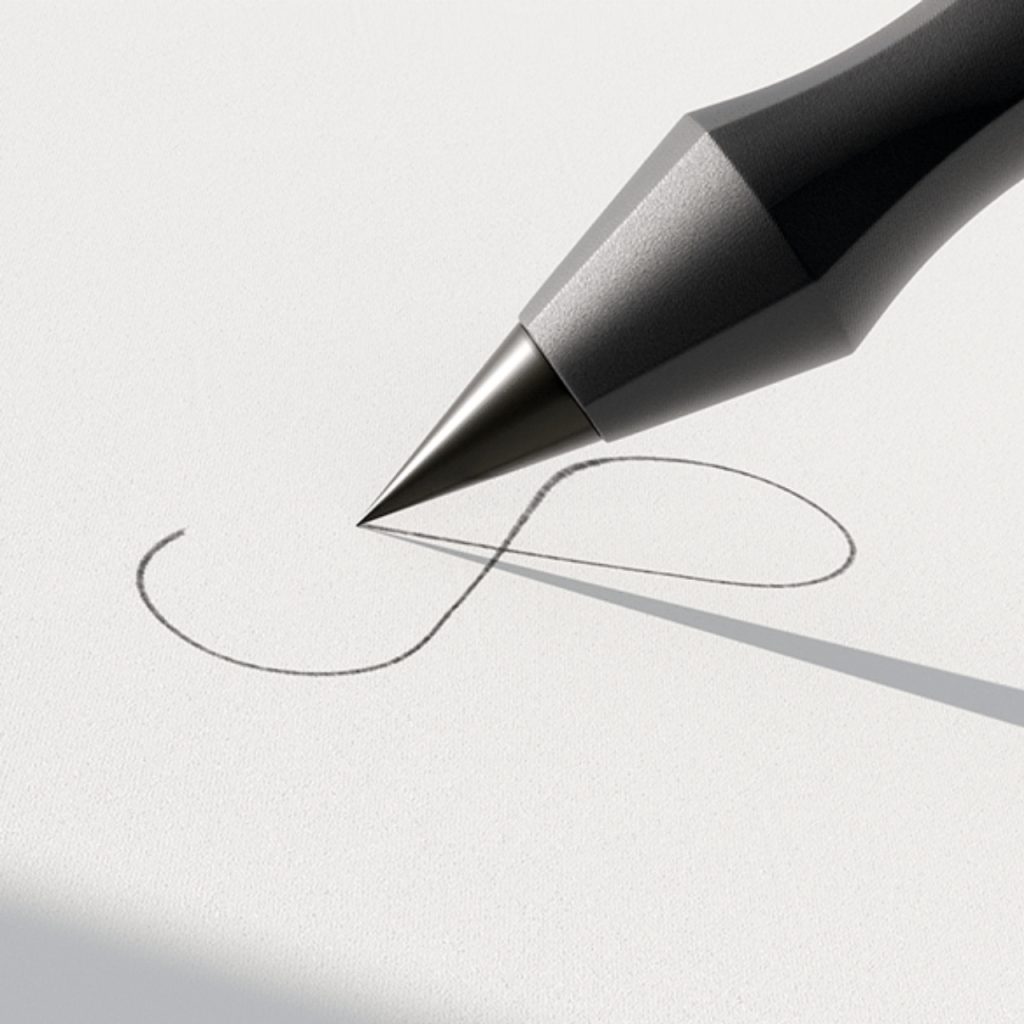
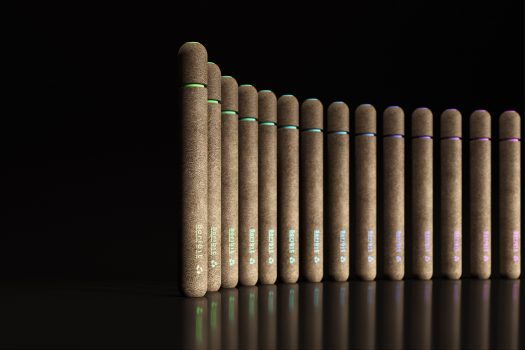
Scribit Pen by Carlo Ratti Associati
When international design and innovation company CRA-Carlo Ratti Associati unveiled the Scribit Pen, they weren’t just launching a new product—they were confronting a mountain of waste, literally. Every year, over 35 billion plastic markers end up in landfills, enough to bury Manhattan more than 11 times.
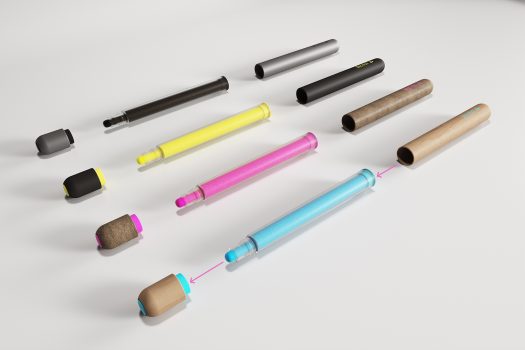
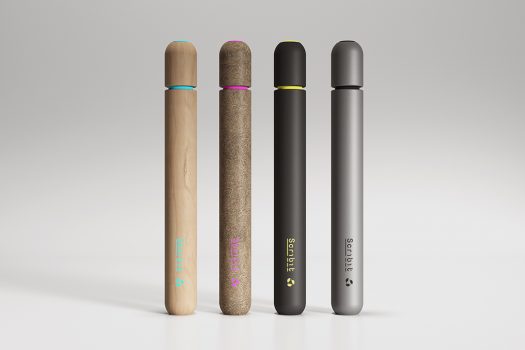
Scribit Pen by Carlo Ratti Associati
Teaming up with tech company Scribit, CRA sought to tackle this problem head-on with the world’s first fully compostable marker. Designed specifically for the Scribit drawing robot—an invention that transforms vertical surfaces into digital canvases—the Scribit Pen is a zero-waste solution for artists, designers, and educators alike.
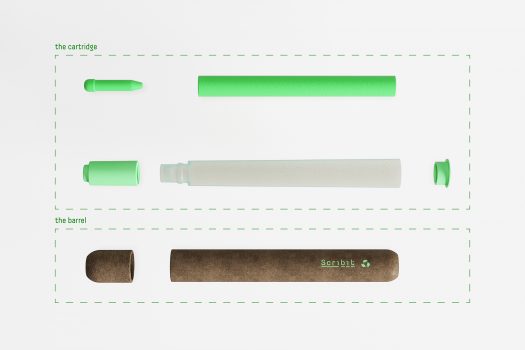
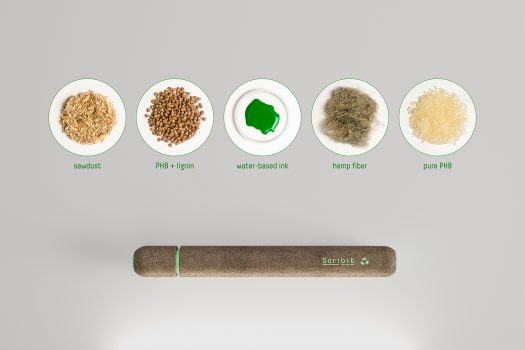
Scribit Pen by Carlo Ratti Associati
The Scribit Pen is an ecosystem of sustainable parts. The barrel comes in wood, bioplastic, or anodized aluminum, while its interior—nibs and ink cartridges—is crafted from biodegradable natural fibers. These inner components are replaceable, allowing the same outer shell to be reused indefinitely. Even the ink is a feat of design ingenuity: it’s water-based, non-toxic, and certified edible. This level of safety underlines the product’s commitment to both people and planet.
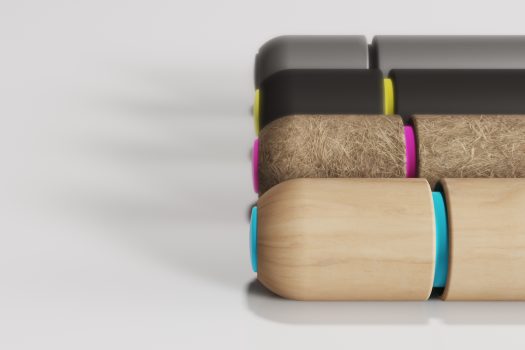
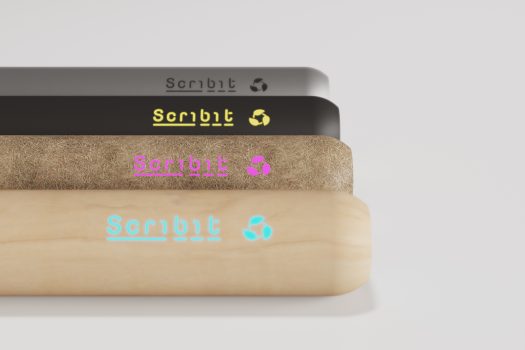
Scribit Pen by Carlo Ratti Associati
Carlo Ratti, director of the MIT Senseable City Lab and leader of the Scribit Pen design team, put it best: “We can turn one of humankind’s primordial acts – drawing – into a fully sustainable one.”
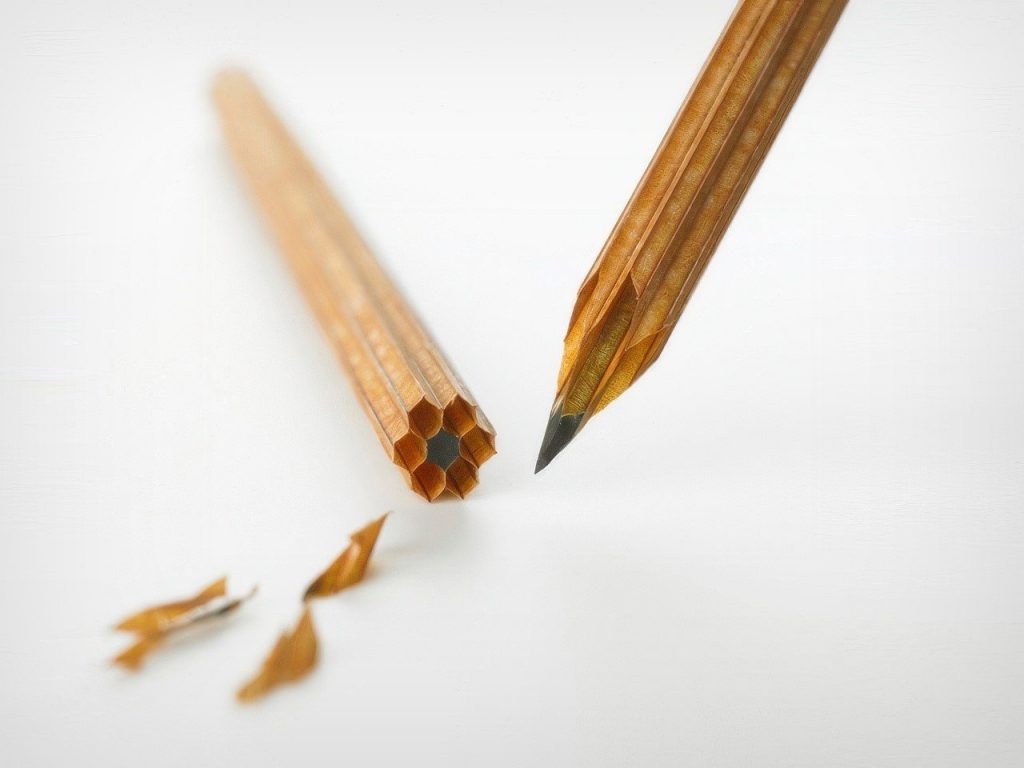
Hollow Pencil by Hideo Kambara
Few objects have endured with as little change as the pencil. For centuries, its construction has remained largely untouched: a graphite core encased in a wooden body, most commonly shaped into a hexagonal cross-section. But designer Hideo Kambara has taken a bold step in challenging this design orthodoxy. His concept, the Hollow Pencil, reimagines the pencil using a radically different material: honeycombed paper. The result is a design that is not only unconventional but also remarkably efficient and environmentally forward-thinking.
The Hollow Pencil replaces the traditional solid wood barrel with a hexagonal honeycomb structure made of stiff paper. This structural shift offers surprising ergonomic benefits—the slight flexibility of the paper allows for a more comfortable grip, reducing pressure on the hand during use. While it lacks the rigidity of wood, Kambara argues that the pencil does not need to be as stiff as we’ve come to expect. It simply needs to be functional, comfortable, and capable of holding graphite. In this, the Hollow Pencil more than delivers.
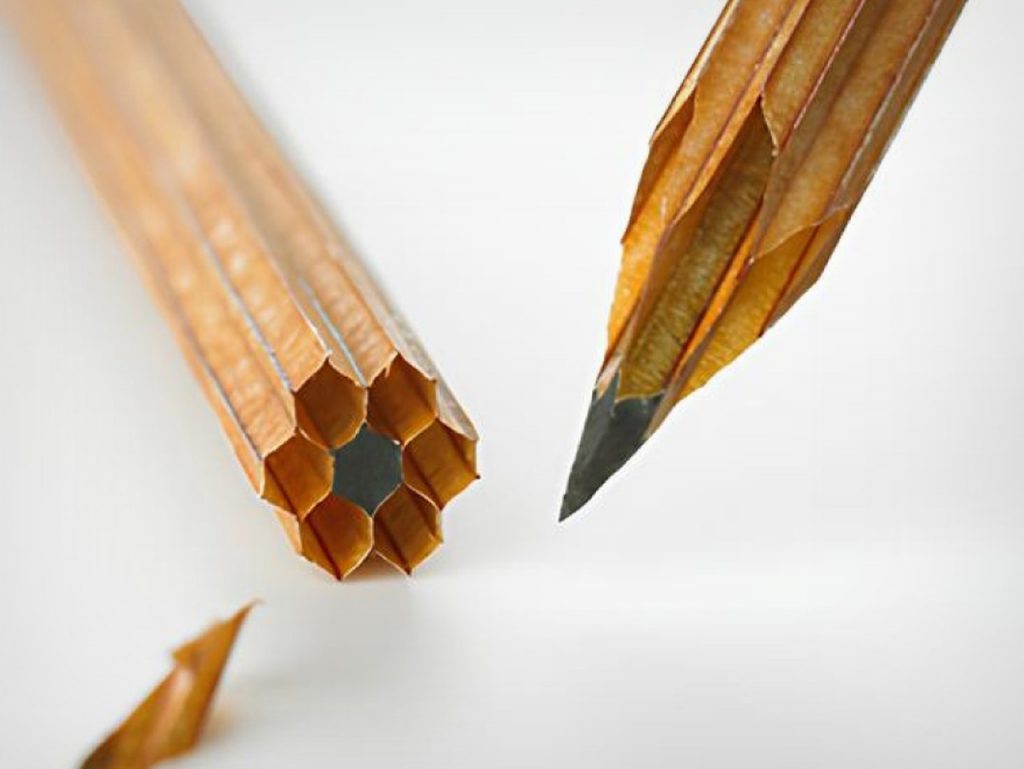
Hollow Pencil by Hideo Kambara
Beyond ergonomics, the sustainability argument is compelling. The design consists of seven segments: six hollow paper sections surrounding a central graphite core. This minimalist structure cuts raw material usage by over 80% compared to traditional pencils. Moreover, by using recycled paper rather than virgin wood, the design presents a significant reduction in environmental impact. Standard pencil sharpeners are unnecessary; a simple blade or utility knife can easily slice through the paper casing to expose more graphite. The key consideration is protecting the delicate core—something manageable with standard HB-grade graphite, which balances strength and clarity. While still in the conceptual stage, the Hollow Pencil presents a persuasive case for rethinking one of the most ubiquitous tools in our daily lives.
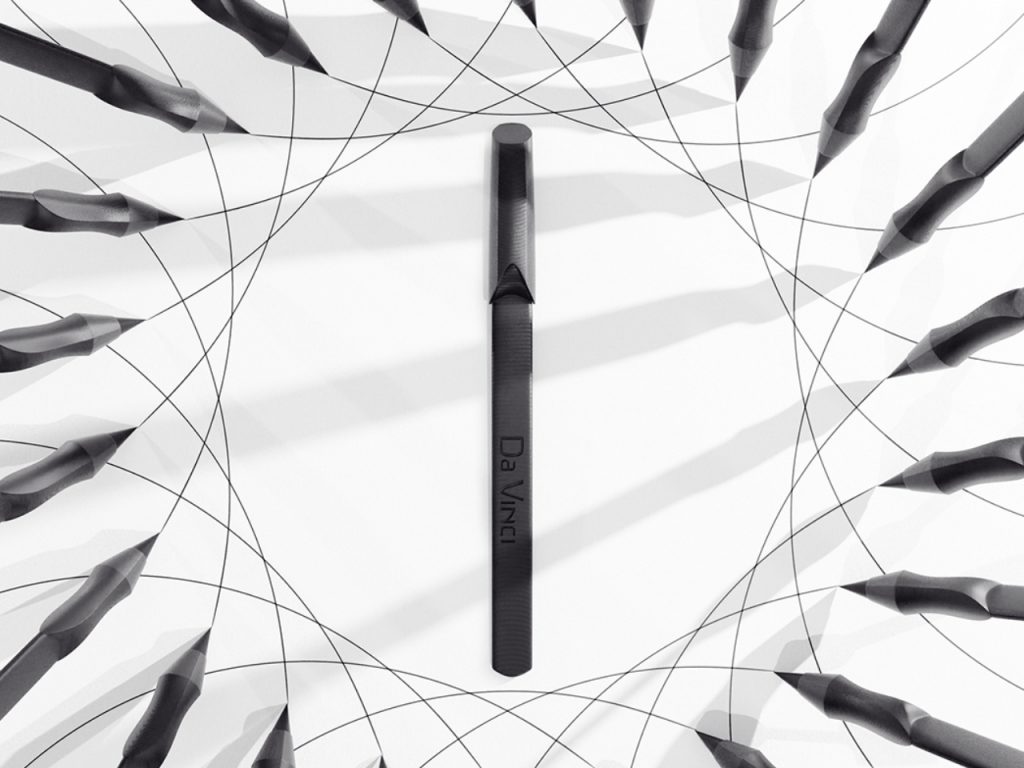
Da Vinci Pencil by Gabrilevich Design (also header image)
If the Hollow Pencil focuses on minimalism and material efficiency, the Da Vinci Pencil looks at longevity as the key to sustainability. Designed by Gabrilevich Design, this elegant, 3D-printed tool is more than just a pencil—it’s a long-term companion built to outlast dozens of traditional writing instruments. With a sleek aesthetic and multifunctional form factor, it merges utility and style into one enduring design.
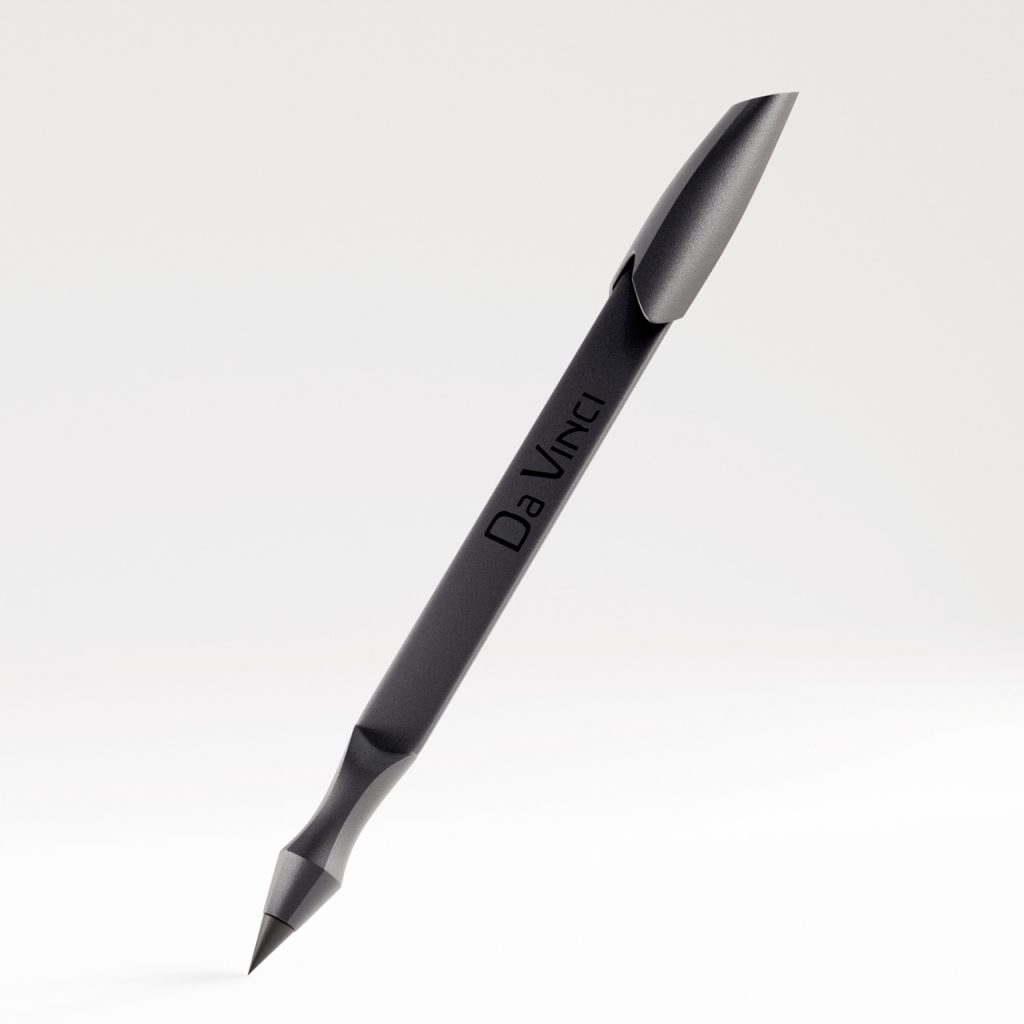
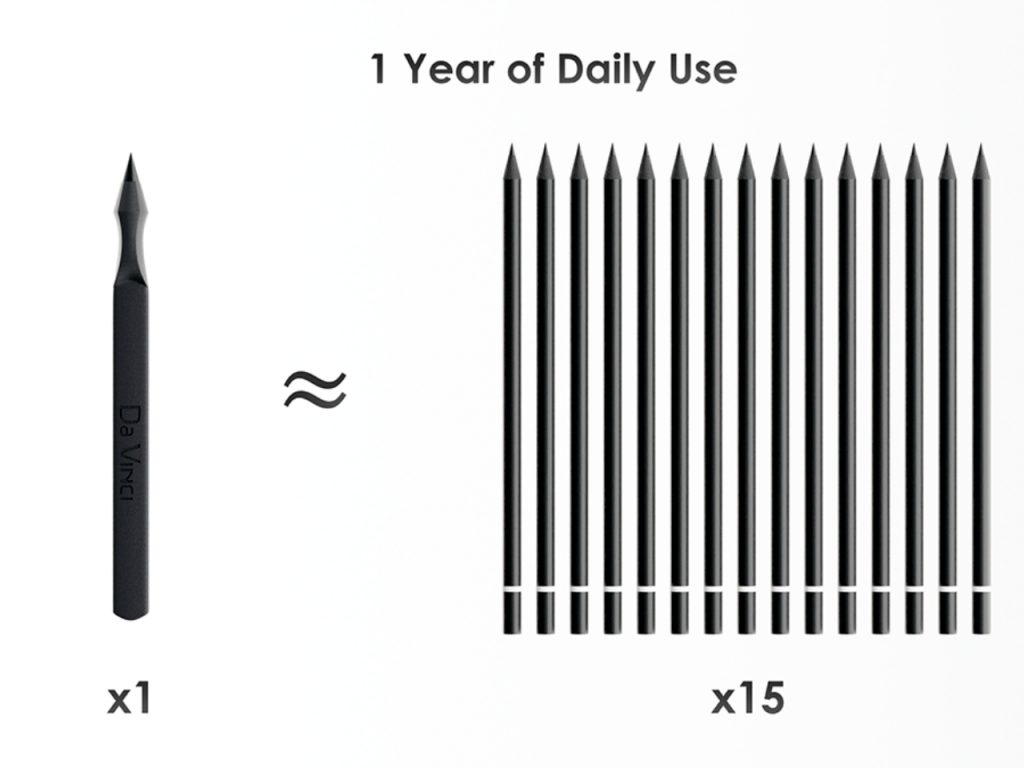
Da Vinci Pencil by Gabrilevich Design
At the core of the Da Vinci Pencil is a high-performance metal alloy nib capable of lasting between 7 and 10 years under normal use. It requires no sharpening, no refills, and no maintenance. The body is made from PLA-CF, a biodegradable composite of polylactic acid and carbon fiber, which makes it both lightweight and incredibly durable. As a bonus, its slender profile allows it to double as a bookmark—adding a second life to a tool many users hesitate to wear down.
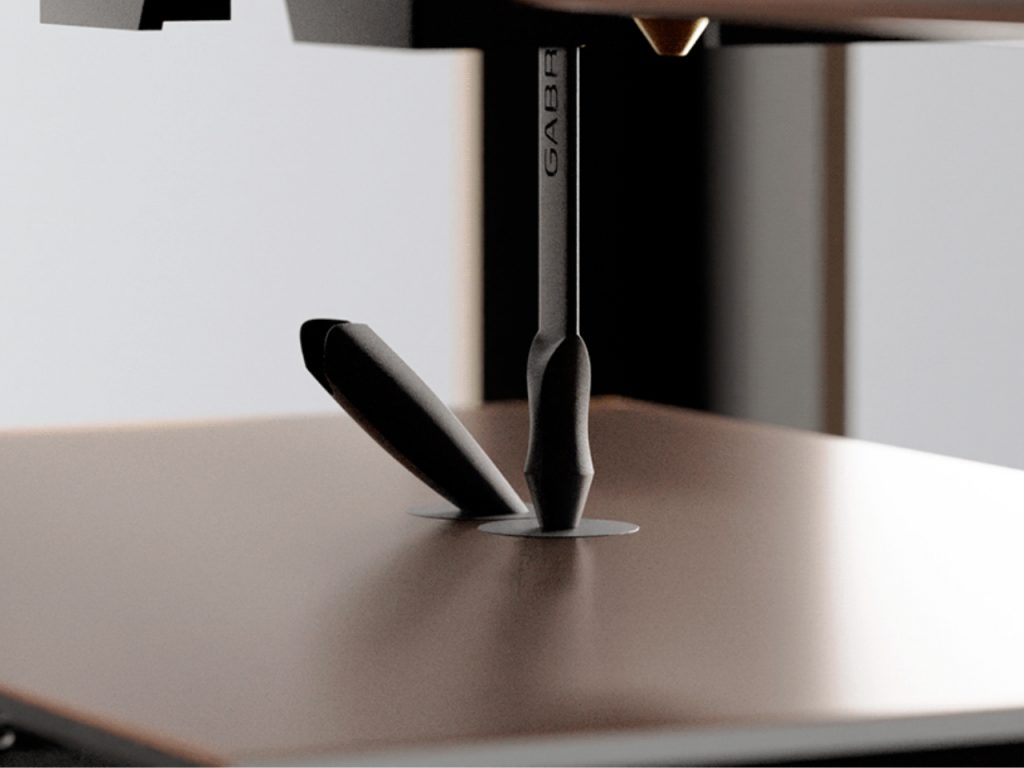
Da Vinci Pencil by Gabrilevich Design
The writing experience itself is surprisingly traditional. The metal alloy nib lays down a smooth line reminiscent of graphite, but without the mess or fragility. The design is ergonomically considered, offering a comfortable grip for extended writing sessions. Its minimalist style gives it a premium look, while the 3D printing process ensures it remains accessible in terms of cost and manufacturing scale.
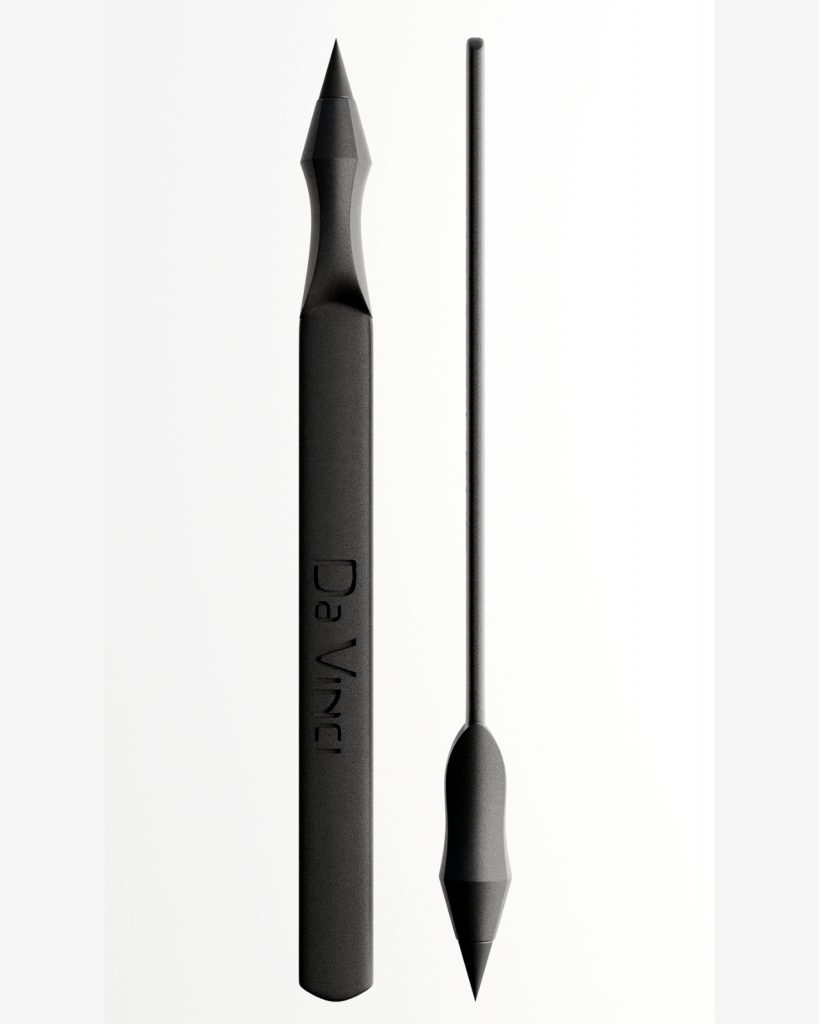
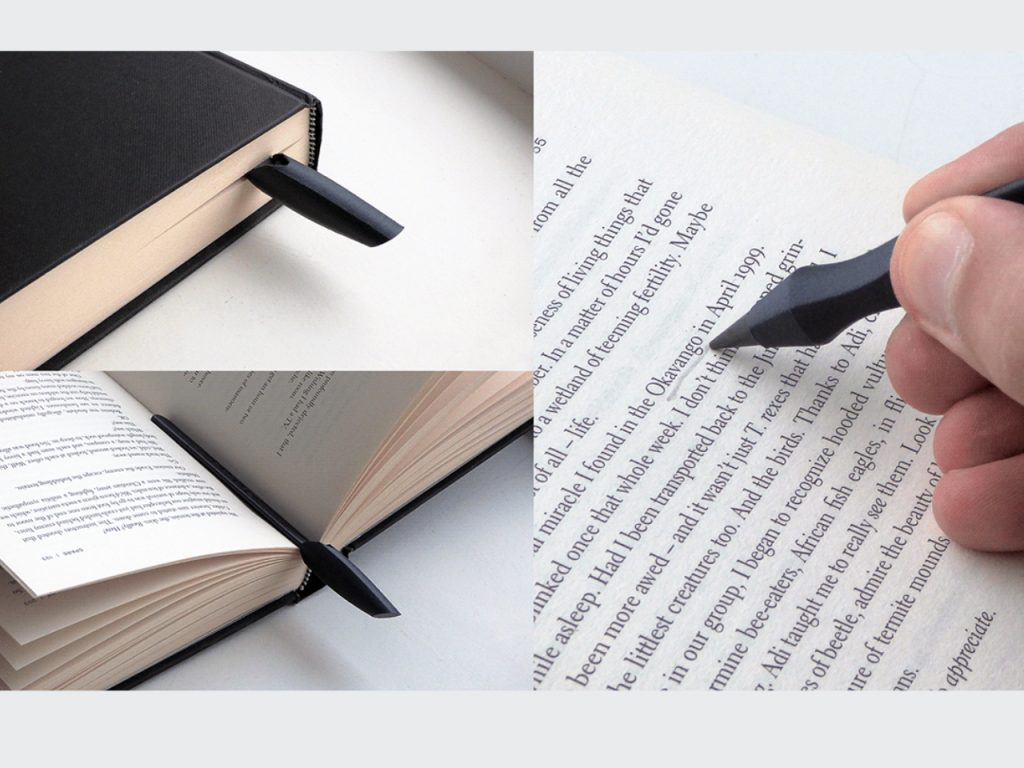
Da Vinci Pencil by Gabrilevich Design
By removing the need for sharpening or replacement parts, the Da Vinci Pencil proposes a sustainable shift in how we value—and use—our everyday tools. It’s a forward-thinking response to a common dilemma: how to reconcile the permanence of great design with the impermanence of traditional materials.